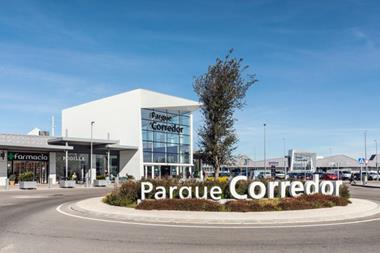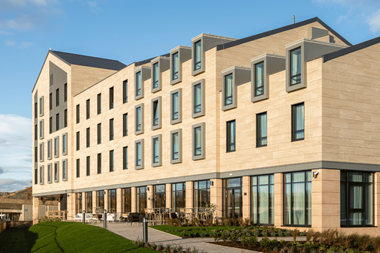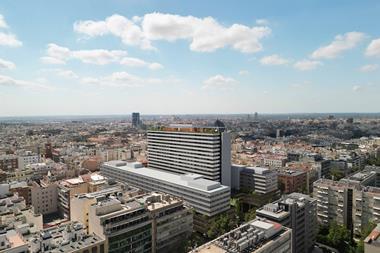Tightening yields for prime retail stock are pushing investors to good secondary shopping malls, according to Neville Moss, head of EMEA retail research CBRE.
Tightening yields for prime retail stock are pushing investors to good secondary shopping malls, according to Neville Moss, head of EMEA retail research CBRE.
A similar shift is visible among retailers who are seeing prime rents and key money rise to levels that are not sustainable in the long term, he noted during a panel discussion at the recent Mapic fair in Cannes in mid-November. ‘Due to limited access to prime product, good secondary shopping centres are becoming a target. This is forcing yields down for secondary product,’ he added.
Moss defined a good secondary shopping centre as a prime asset in a secondary city, or a secondary asset in a prime city. But good and prime are not necessarily the same, argued Herman Kok, international research director at Multi Corporation. ‘What is important is whether they are relevant. That is shaping the market; more management and investment effort is needed to remain relevant for each generation. For younger generations, the shopping centre is a place to meet, for older consumers it is a place to buy. Shopping centres need hands-on management and investment incentives to ensure that the anchor mix is strong in terms of image, branding and footfall. Anchor mix is crucial.’
Andrea Barbaro, property manager at CBRE Italy, also believes that remaining relevant is the key issue facing a shopping centre - whether it be prime or secondary. ‘This means connecting to consumers and the wider community and being aware of changes in the community.’ In that context, the importance of digital marketing is shooting up the agenda, he added. ‘The use of digital media and social networks to link to promotions and discounts is fundamental. And we are getting good results.’
As social media continues to shape our lives, smartphones are emerging as our new wallet, Kok said. Digital marketing is changing the retail world, agreed Piet van Poppel, senior asset manager at CBRE Global Investors. ‘An omni strategy, a Facebook campaign and mobile heroes are also very important for secondary shopping centres.’
But tenant mix is key, he noted. ‘A good food anchor drives daily footfall while a fashion or electronics retailer may only attract shoppers once in a month.’ Continual refurbishment may be necessary, but it is not always straightforward for secondary centres, he added. ‘It can be a challenge in terms of costs if a choice has to be made between a good prime and a good secondary shopping centre.’
A recent study by CBRE shows that a diverse range of shops and the presence of big-brand retailers such as Primark, Apple and Zara are vital for a secondary shopping centre to be successful. CBRE analysed a range of 'good secondary shopping centres' across Europe to identify the most important factors that contribute to a centre’s success. The research reveals that the quality of tenant mix is by far the most important factor ahead of good car access/parking and the ability to draw from a substantial catchment.
Good car access and parking provision is rated highly by managers regardless of the size of the shopping centre or its location.
The research shows that good secondary shopping centres operate in all types of location: neighbourhood, district, sub-regional and regional. While the size of the catchment is considered to be an important factor, it is the ability to capture spending from within this catchment that is crucial. ‘Good’ secondary shopping centres also tend to have wealthier customers, the research found.










